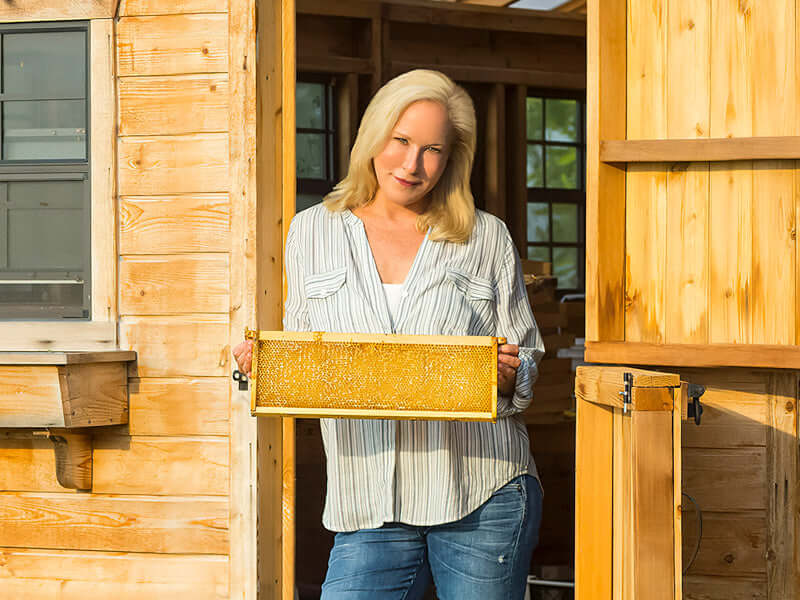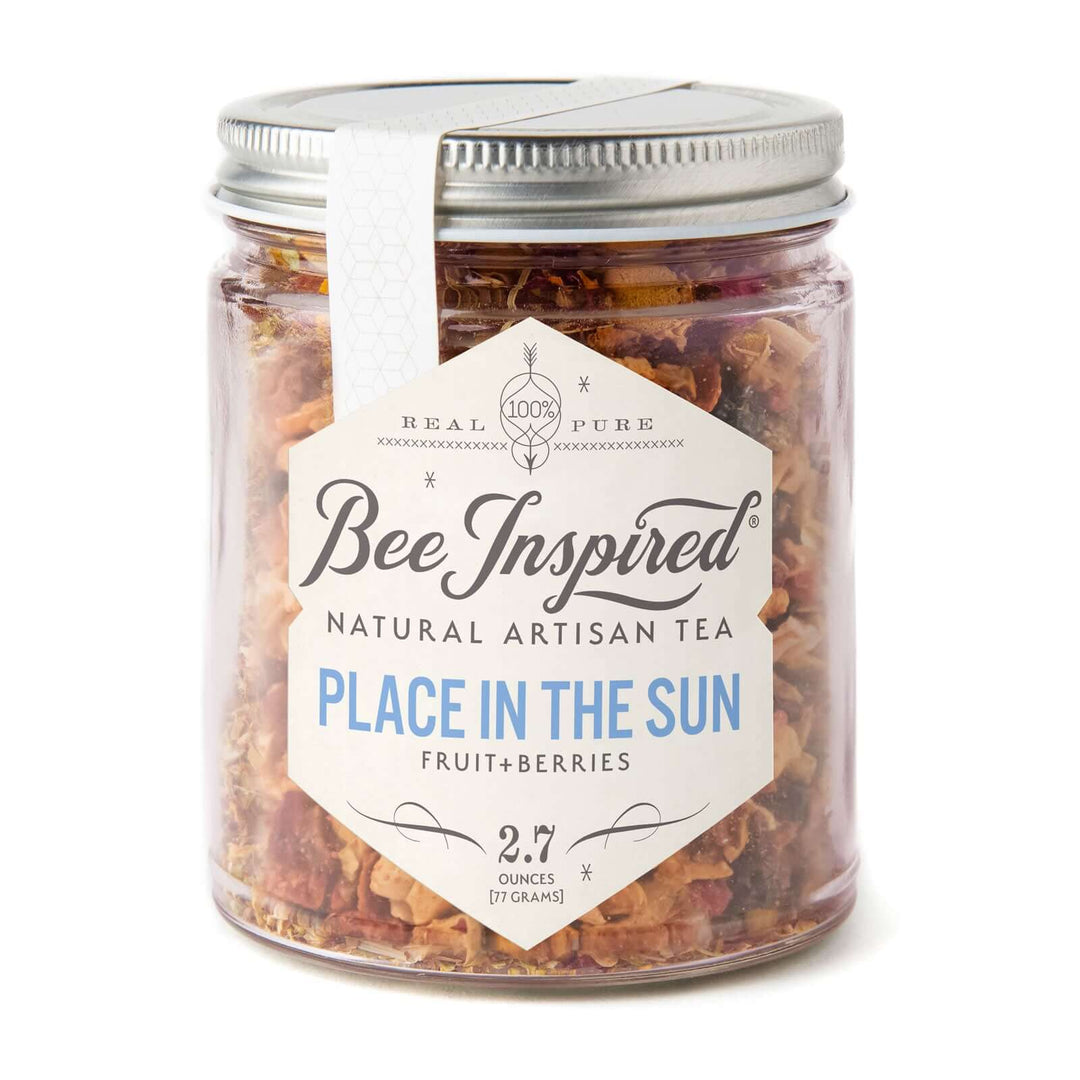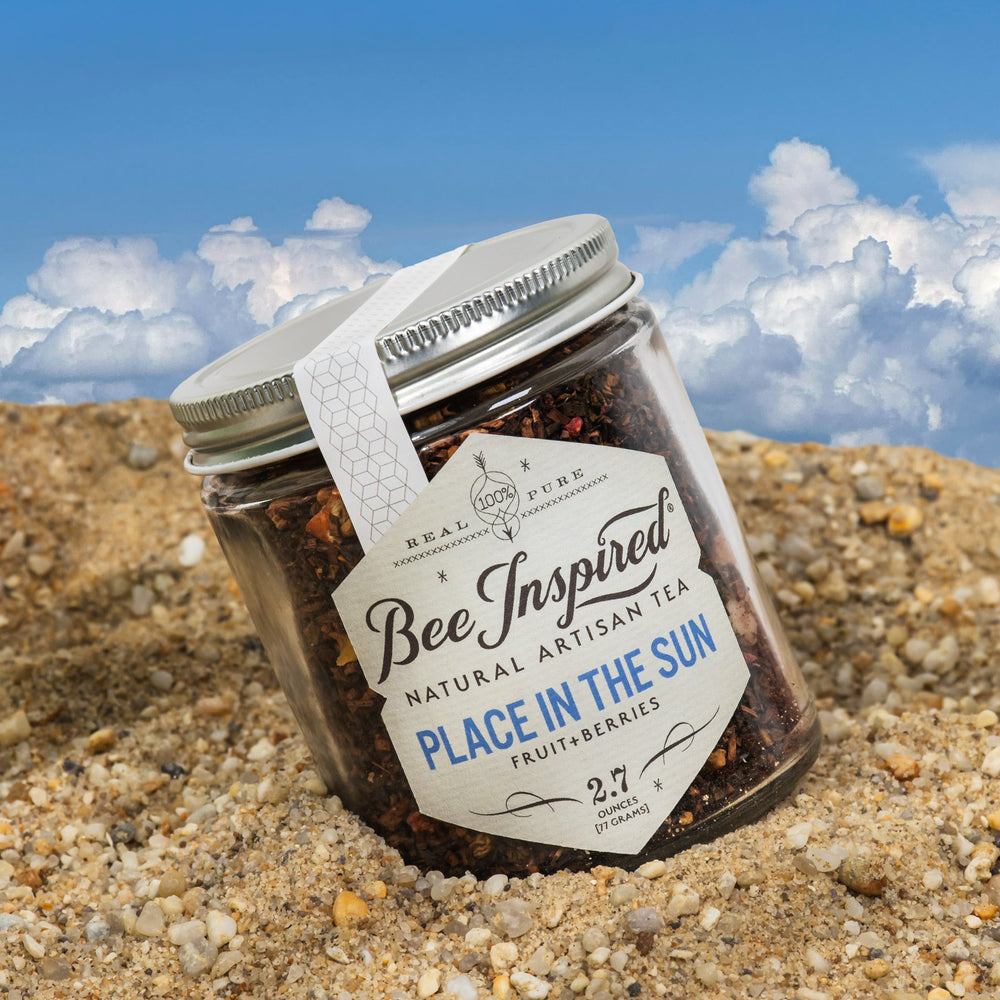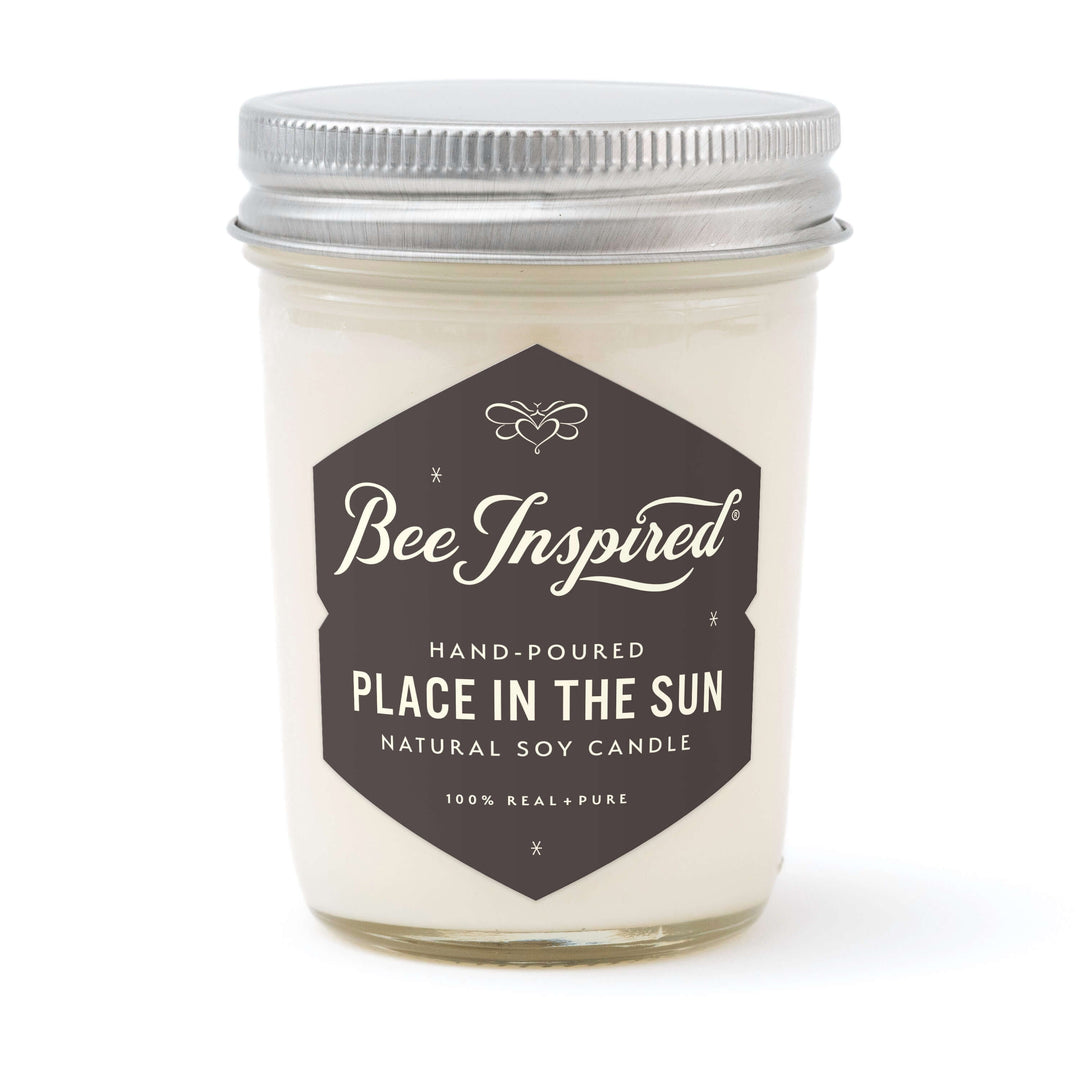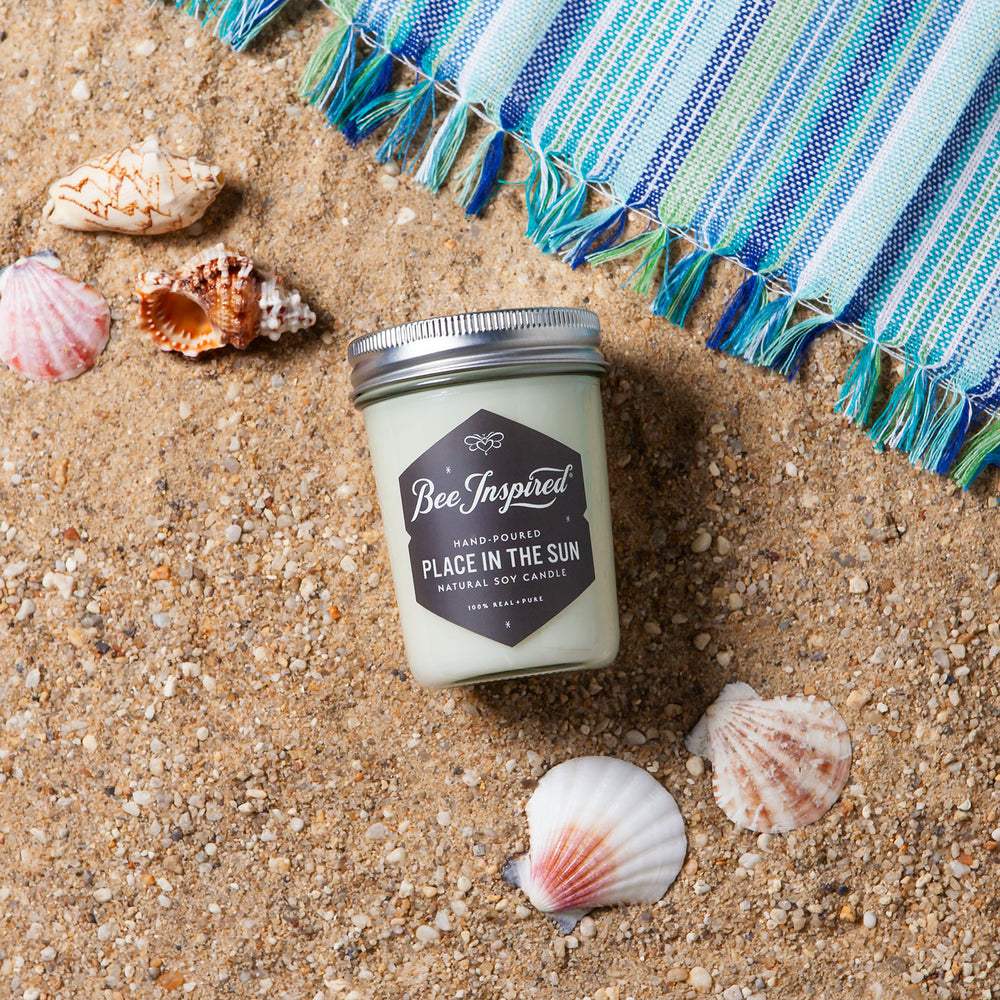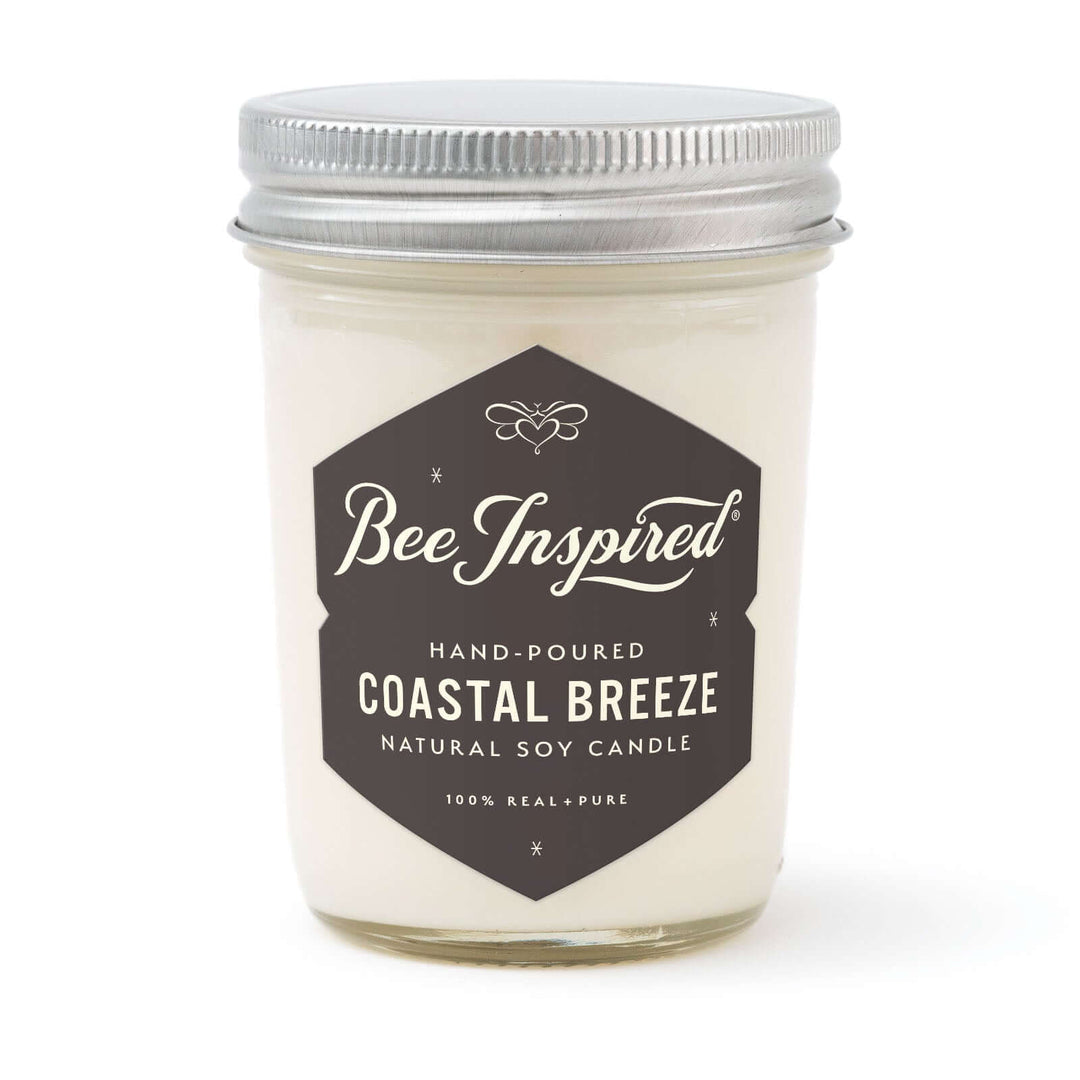On a farm, or in your yard, coexisting with deer presents both delight and dilemma. These elegant creatures grace our landscapes with their presence, yet their insatiable appetites can transform meticulously designed gardens into overnight feasts. Having witnessed the disappointment of deer damage firsthand on our farm, I'm eager to share a comprehensive guide to creating a flourishing garden that naturally deters these majestic but hungry visitors.

Understanding the Deer Dilemma
Deer devastate gardens and crops, particularly in overpopulated regions like the eastern shore. Many growers struggle with persistent deer damage. Population management through selective hunting of doe helps prevent both crop destruction and deer overpopulation, which can lead to disease and suffering.
Deer typically avoid plants with furry or aromatic foliage, such as lamb's ear - a hardy, velvety-textured perennial with attractive gray-green leaves and summer blooms that thrives in zones 4-8 in various light conditions.
Understanding Deer Behavior and Habitat
Deer are herbivores that prefer tender vegetation like hostas, daylilies, and impatiens. They gravitate toward gardens offering food, water, and shelter, but avoid areas with strong-smelling plants such as garlic, hot peppers, and lavender.
Plants with furry or fragrant leaves like lamb's ear and nepeta naturally deter them. By strategically incorporating deer-resistant plants into your garden design, you can significantly reduce damage while maintaining an attractive landscape.
No Plant is Truly "Deer-Proof"
While no plant guarantees complete deer resistance, browsing patterns vary based on food availability, population density, and weather conditions. Rutgers Cooperative Extension Services has developed a research-backed list of plants that are less likely to suffer deer damage, compiled with input from nursery professionals, extension personnel, and Master Gardeners.
Categories of Resistance
Based on research and experience, plants can be grouped into categories based on their likelihood of deer damage:
-
Rarely Damaged: Your best choices for deer-prone areas
-
Seldom Severely Damaged: Good options with minimal protection
-
Occasionally Severely Damaged: Will require additional protection
-
Frequently Severely Damaged: Highly preferred by deer, avoid unless using extensive protection
For landscapes prone to deer damage, focusing on plants in the "Rarely Damaged" and "Seldom Severely Damaged" categories offers the best chance of success.

What Makes Plants Appetizing to Animals?
Deer avoid plants with tough textures, strong scents, velvety or woolly surfaces, and poisonous compounds. Boxwood and juniper resist browsing due to their texture and fragrance. Lamb's ear deters deer with its woolly gray-green foliage while still providing attractive summer blooms.
Naturally poisonous plants like daffodils and foxgloves are instinctively avoided by deer. Many aromatic herbs and perennial flowers make excellent deer-resistant landscaping choices due to their unpalatable characteristics.
Key Attributes
Plants with specific characteristics naturally deter deer browsing:
-
Furry or Fragrant Leaves: Plants like lamb's ear and nepeta repel deer through texture and scent.
-
Tough or Prickly Stems: Berberis and pieris japonica discourage browsing with physical deterrents.
-
Bitter or Toxic Compounds: Daphne and helleborus contain unpalatable or toxic substances deer avoid.
-
Unpleasant Odor: Strong-smelling plants such as astilbe and royal fern act as natural repellents.
Incorporating these features into your garden design creates a landscape less attractive to deer.
Seasonal Considerations
Deer browsing damage is most likely when food is scarce, especially from October through February. This makes winter protection particularly important, and should influence your landscaping strategies.
Ironically, landscaped plants are often more attractive to deer because they're fertilized and irrigated, making them more appealing as food sources. This creates an additional challenge for gardeners trying to maintain ornamental plantings.
Designing a Garden That Deer Won't Bother
Designing a garden requires thoughtful planning. Here are some practical tips to help you create a garden that minimizes deer damage:
-
Choose the Perfect Plants: Select plants that deer tend to avoid, such as those with fuzzy or aromatic leaves. Great options include lamb’s ear, which features distinct grey-green foliage with a velvety, wooly texture that makes it unappealing to deer. Lamb's ear also produces summer blooms of pink to purple flowers and thrives in hardiness zones 4-8 with full sun to partial shade. Other excellent choices are nepeta, astilbe, royal fern, daphne, berberis, pieris japonica, and Chinese juniper.
-
Use a Mix of Plants: Plant a variety of plants to create a diverse and thriving garden. This not only deters deer but also attracts beneficial insects and pollinators, enhancing your garden’s ecosystem.
-
Incorporate Physical Barriers: Consider using physical barriers like fencing to protect your garden. Fencing is particularly effective if it is at least 8 feet tall, as deer are excellent jumpers.
-
Use Repellents: Repellents such as predator urine or hot pepper spray can deter deer from feeding on your plants. Apply these repellents to plants or around the perimeter of your garden for added protection.
-
Design for Deer Movement: Take into account the movement patterns of deer in your area. Deer often move along edges and corridors, so planting deer-resistant plants along these areas can help deter them from entering your garden.
By following these tips, you can create a beautiful and thriving deer-resistant garden that attracts beneficial insects and pollinators while keeping deer at bay.
Deer-Resistant Groundcovers
Groundcovers are an excellent way to add beauty and functionality to your garden while minimizing deer damage. Here are some deer-resistant groundcovers that can help you achieve a low-maintenance, attractive landscape:
-
Creeping Thyme (Thymus serpyllum): This low-growing, spreading groundcover features tiny leaves and pink flowers. Its aromatic foliage makes it unappealing to deer.
-
Vinca Minor (Periwinkle): An evergreen groundcover with blue-purple flowers in the spring, periwinkle is a hardy option that deer tend to avoid.
-
Pachysandra (Pachysandra terminalis): This slow-growing, evergreen groundcover has glossy leaves and is resistant to deer browsing, making it a great choice for shaded areas.
-
Sedum (Sedum spp.): Known for its thick, fleshy leaves and white, pink, or yellow flowers, sedum is a resilient groundcover that deer typically leave alone.
-
Phlox Subulata (Creeping Phlox): With its vibrant pink, purple, or white flowers in the spring, creeping phlox is a beautiful and deer-resistant groundcover that can add a splash of color to your garden.
These groundcovers not only provide excellent coverage and reduce maintenance but also help create a deer-resistant landscape that remains beautiful throughout the seasons.
Protection Strategies Beyond Plant Selection
While choosing deer-resistant plants is your first line of defense, additional protection measures are often necessary:
Plants in the "Occasionally Severely Damaged" and "Frequently Severely Damaged" categories should only be planted with additional protection such as fencing or repellents.
Fencing is one of the most effective methods to protect plants from deer damage.
Newly planted trees and shrubs require special protection, as deer will investigate new plants for food value.
Protective mesh can deter deer from new plantings for several months, providing crucial protection during establishment.
Repellents can be applied immediately after planting to deter deer damage, adding an extra layer of protection for new gardens.

Top Deer-Resistant Plant Recommendations
Based on research and experience, here are some excellent deer-resistant plants to consider for your garden:
-
Lamb's ear: This plant features distinct grey-green foliage with a velvety, wooly texture that makes it unappealing to deer. It blooms in the summer with pink to purple flowers. Lamb's ear thrives in hardiness zones 4-8 and prefers full sun to partial shade.
-
Lavender: Known for its fragrant purple flowers and aromatic foliage, lavender is a great choice for deterring deer. It grows best in full sun and well-drained soil.
-
Yarrow: With its feathery leaves and clusters of small flowers, yarrow is another excellent deer-resistant option. It is drought-tolerant and thrives in full sun.
-
Russian Sage: This plant has silvery foliage and tall spikes of lavender-blue flowers. It is highly resistant to deer and does well in full sun and well-drained soil.
-
Boxwood: A classic choice for hedges and borders, boxwood is a dense, evergreen shrub that deer tend to avoid. It grows well in partial to full sun and a variety of soil types.
Perennials
-
Yarrow (Achillea)
-
Ornamental onions (Allium)
-
Columbine (Aquilegia)
-
Butterfly weed (Asclepias)
-
Coreopsis
-
Purple coneflower (Echinacea)
-
Lavender
-
Russian sage (Perovskia)
-
Salvia
-
Lamb's ear (Stachys byzantina): Known for its distinct grey-green foliage with a velvety, wooly texture that makes it unappealing to deer. It features summer blooms of pink to purple flowers and thrives in hardiness zones 4-8 with full sun to partial shade.
Shrubs
-
Boxwood (Buxus)
-
Butterfly bush (Buddleia)
-
Barberry (Berberis)
-
Oregon grape holly (Mahonia)
-
Juniper (Juniperus)
-
Mock orange (Philadelphus) - often avoided by deer
-
Potentilla
-
Spirea
Deer resistant shrubs, such as boxwood and juniper, are excellent choices for gardeners looking to prevent deer damage due to their tough textures and aromatic leaves.
Aromatic Herbs
-
Rosemary
-
Sage
-
Thyme
-
Mint
-
Oregano
-
Chives
Online Learning and Resources
There are numerous online resources available to help you learn more about deer-resistant gardening and managing deer damage. Here are a few valuable resources to get you started:
-
Rutgers NJAES: The Rutgers New Jersey Agricultural Experiment Station (NJAES) offers extensive information on deer-resistant gardening and managing deer damage.
-
Cornell University: Cornell University’s Cooperative Extension provides a wealth of resources on deer management and gardening.
-
Penn State University: Penn State University’s Cooperative Extension has numerous resources on deer management and gardening.
-
Deer-Resistant Plants: The Deer-Resistant Plants website features a comprehensive list of deer-resistant plants, including astilbe, royal fern, nepeta, daphne, berberis, pieris japonica, and Chinese juniper.
-
Gardening Know How: Gardening Know How offers a variety of articles and resources on deer-resistant gardening and managing deer damage.
By exploring these online resources, you can gain a deeper understanding of deer-resistant gardening and learn effective strategies for managing deer damage. This knowledge will help you create a beautiful and thriving garden that attracts beneficial insects and pollinators while keeping deer at bay.
A Personal Farming Story
My favorite story about managing deer comes from a new farmer who called a land management expert for advice. The expert suggested providing birth control to the deer population on the farm, leading to the amusing mental image of distributing pill packs to 1,000 deer each night!
This humorous anecdote highlights the creative (if impractical) solutions people have considered for deer management, and underscores the real challenges farmers and gardeners face.
Strategy is Required When Planning any Garden
Creating garden requires a thoughtful approach that combines strategic plant selection with additional protection methods. While no garden can be guaranteed damage-free, understanding preferences and behavior gives you the best chance of success.
Remember that local deer populations, weather conditions, and food availability will affect browsing patterns, so be prepared to adapt your strategy as needed. With persistence and the right plants, you can create a beautiful garden that both you and the local deer population can coexist with harmoniously.
Happy gardening in deer country!





